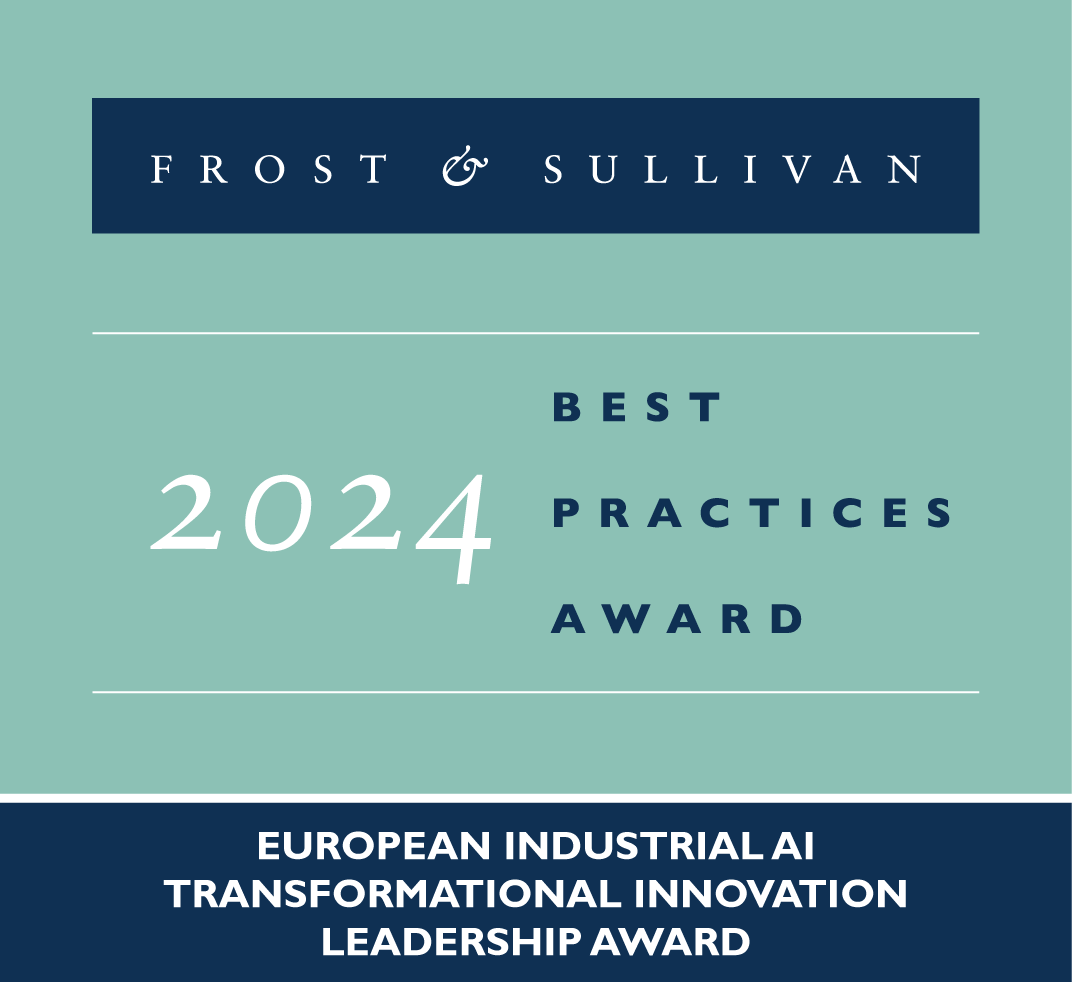The medical landscape is rapidly evolving, and endoscopy is at the forefront of this transformation. Emerging endoscopy technologies are revolutionizing surgical procedures by leveraging advanced visualization and instrumentation techniques that enhance precision, minimize invasiveness, and improve patient outcomes. From pre-operative planning to intraoperative execution, these cutting-edge innovations are paving the way for safer, more efficient surgeries. In this blog, we delve into the latest advancements in surgical endoscopy, the limitations of traditional methods, and the exciting growth opportunities in this field.
Discover more insights into the evolving endoscopy landscape in our latest Frost & Sullivan analysis.
The Evolution of Endoscopy: Precision and Clarity in Surgery
Endoscopic procedures, once limited by basic imaging and instrumentation, have undergone a technological revolution. Surgeons can now clearly visualize and accurately identify anomalies, thanks to advancements in high-definition imaging and computer-aided detection (CAD). The ability to localize abnormalities with precision has led to more successful interventions while reducing the invasiveness of surgeries. This shift has resulted in fewer post-operative complications, shorter recovery times, and enhanced surgical dexterity.
According to Frost & Sullivan’s global analysis, these innovations are reshaping the market for advanced surgical visualization and instrumentation, creating significant growth opportunities for industry players.
Breaking Down Barriers: Limitations of Traditional Endoscopy
While endoscopy has come a long way, traditional methods are not without their challenges. Let’s explore some of the key limitations that have prompted the development of new, more advanced technologies.
- Risk of Cross-Contamination – Reusable endoscopes pose a significant risk of cross-contamination, even after high-level disinfection. Improper cleaning and storage practices can lead to infections caused by harmful microbes, affecting patient health and safety.
- Surface Microstructure Identification Issues – Conventional endoscopy uses white light imaging, making it difficult to detect and discriminate between surface microstructures. This limitation delays the early detection of conditions like gastrointestinal malignancies, which can lead to increased morbidity and mortality.
- Uncontrolled Capsule Movements – Ingestible video capsule endoscopes, which rely on gravity or the body’s natural movements for navigation, cannot be directed by physicians. This lack of control prevents effective diagnosis and limits the utility of capsule endoscopy in identifying specific areas of concern.
Cutting-Edge Solutions: The Promise of Emerging Endoscopy Technologies
Emerging endoscopy technologies address many of the challenges posed by traditional methods, offering enhanced precision, safety, and diagnostic capabilities.
- Eliminating Cross-Contamination – Single-use endoscopes are a game-changer in eliminating cross-contamination risks. These disposable tools are used once and then discarded, preventing the transmission of infections and eliminating the need for reprocessing. They also reduce exposure to harmful chemicals for healthcare staff, improving safety for everyone involved.
- Precision in Capsule Movements – Advanced capsule endoscopes equipped with robotic systems allow surgeons to control the device’s movement precisely. This enables seamless navigation through tortuous anatomical pathways and the detection of gastrointestinal lesions, bleeding, or other abnormalities with unparalleled accuracy.
- Distinguishing Structural Changes Early – Innovative image-enhanced endoscopy techniques utilize various wavelengths and advanced image processing methods to distinguish mucosal surfaces and vascular patterns. This early detection of gastrointestinal malignancies enables timely interventions that can improve patient survival rates.
What’s Next? The Future of Advanced Surgical Visualization
Emerging endoscopy technologies are driven by advancements in surgical visualization and instrumentation, two key pillars in transforming modern surgery.
- Advanced Surgical Visualization – New technologies such as 4K Ultra-High Definition (UHD) display systems offer higher resolution, greater depth perception, and broader color reproduction, making it easier for surgeons to perform accurate diagnoses and interventions. Artificial intelligence (AI)-powered CAD systems are also revolutionizing the identification of polyps, adenomas, and other anomalies, improving both speed and accuracy.
Key Players: NYU Langone Hospitals, Medtronic Plc, Olympus Corporation, Stryker Corporation, Fujifilm Corporation
- Advanced Instrumentation – Technological breakthroughs in capsule endoscopy, including extended fields of view and controllable movement, have made gastrointestinal exploration more thorough. Single-use endoscopes with four-way steering capabilities provide enhanced navigational control, reducing procedure time and improving patient safety.
Key Players: AnX Robotica, EvoEndo, Ambu A/S, Intuitive Surgical, Olympus Corporation
Strategic Imperatives: The Road Ahead
As the landscape of endoscopy continues to evolve, several strategic trends are shaping the future of this industry.
- AI-Enabled Cloud Endoscopy: The integration of AI models into robotic endoscopy is expected to transform how surgeons visualize and navigate during procedures. This is anticipated to become a reality in the next 4 to 6 years.
- Partnerships and Acquisitions: Tier I companies are focusing on strategic partnerships and acquisitions to enhance their market presence in the advanced surgical visualization space. Collaborations with technology firms will drive innovation and product development.
- Investor Funding and Government Grants: Robust funding will continue to support the entry of start-ups into this competitive space, driving innovation and intensifying competition.
Growth Opportunities: Bridging the Gap with Technology
The endoscopy market offers exciting growth opportunities for industry players willing to leverage emerging technologies and develop innovative solutions.
- Partnering with VR Developers – Virtual reality (VR) is making its way into pre-operative environments, offering patients a sedation-free option to manage pre-surgical stress. VR headsets immerse patients in calming environments, potentially reducing the need for anesthesia or sedation, and minimizing side effects such as nausea and dizziness.
- Simulation Programs for Surgeons – With new endoscopy technologies come new learning curves. Simulation training programs designed for advanced endoscopy tools allow surgeons to practice in a low-risk environment, ensuring they are well-prepared to perform complex procedures and improving adoption rates for new technologies.
The Bright Future of Endoscopy
The rise of advanced endoscopy technologies signals a new era of surgical precision, reduced invasiveness, and improved patient outcomes. As AI, robotic systems, and high-definition imaging become more prevalent in surgical procedures, industry players must adapt to stay competitive. With a focus on strategic partnerships, technological integration, and growth opportunities, the future of endoscopy looks promising for both healthcare professionals and patients alike.




